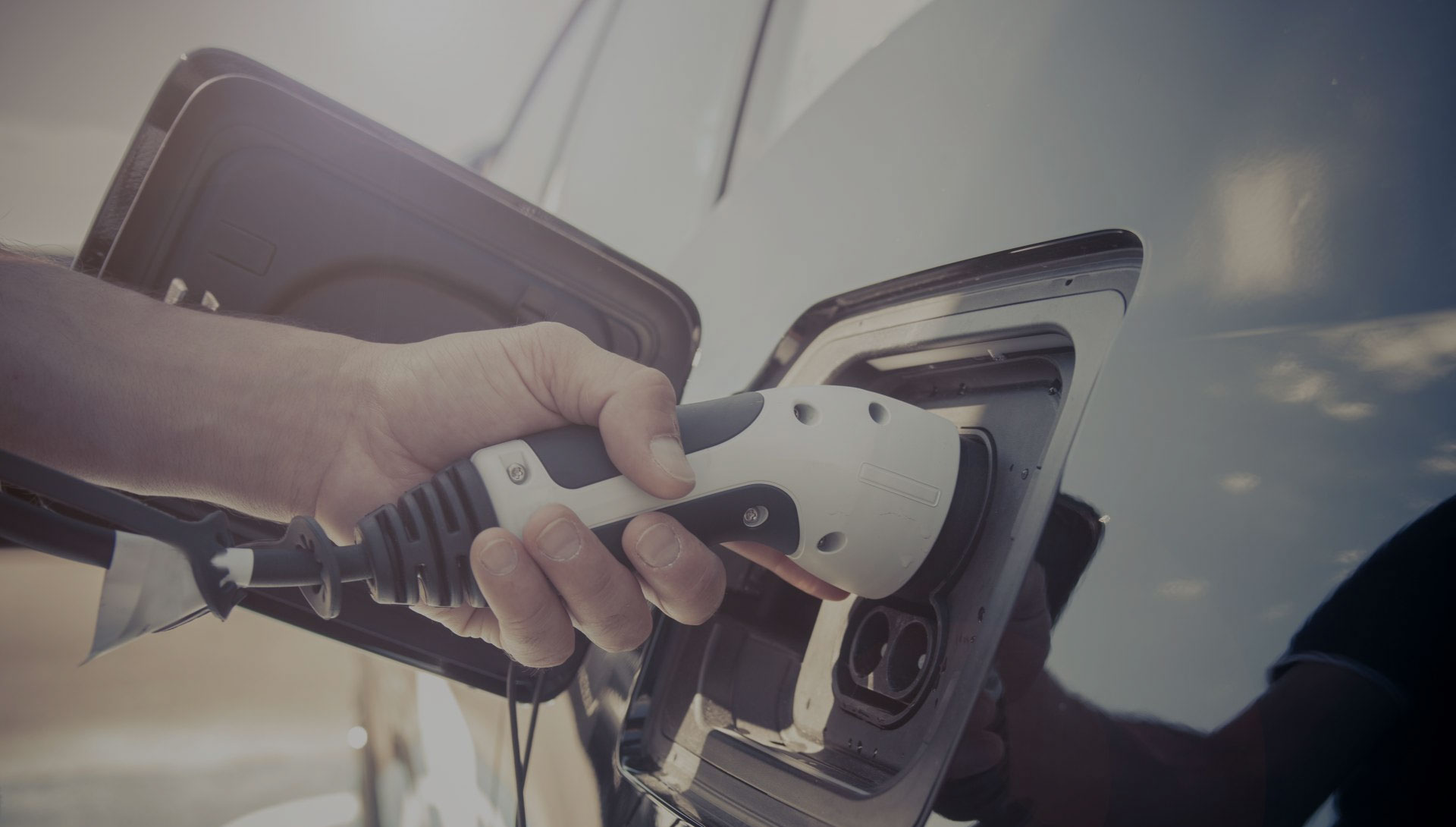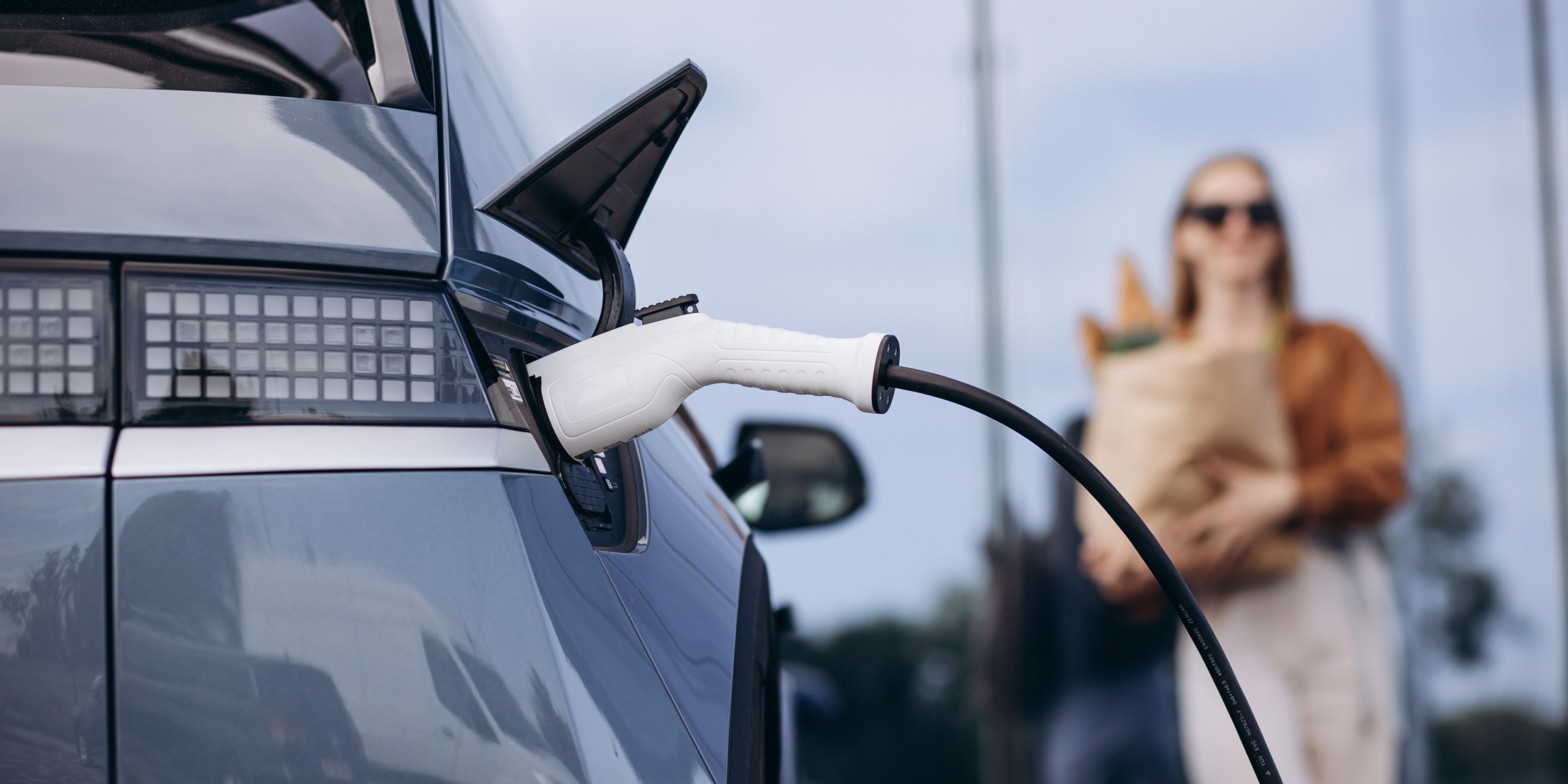The Association of International Motor Vehicle Manufacturers (VDIK) explains the importance of plug-in hybrid vehicles for reducing CO2 emissions in traffic:
Plug-in hybrids (PHEVs) are, along with BEVs, an integral part of the drive strategy for many manufacturers. These vehicles already enable electric and thus locally emission-free driving. At the same time, they are attractive for customers because the combustion engine, which is also available, eliminates range anxiety. Currently, ranges of around 50 kilometers or more are common. Future generations of plug-in hybrids will have even greater electric ranges.
Plug-in hybrids make a significant contribution to CO2 reduction when used as intended. Claims that these vehicles generally cause increased CO2 emissions are grossly misleading. It is much more correct that their contribution to greenhouse gas reduction depends on their actual use. Those who exhaust the electric range and charge green electricity every day can drive almost 100 percent climate-neutral. We have observed that a great deal of driving is done electrically, particularly among private customers. In the case of company cars, it is important, among other things, that fleet managers provide strong incentives for electric driving, e.g. through charging cards.
Previous studies have shown that privately used plug-in hybrid vehicles with an electric range of around 60 kilometers drive just as much electrically as pure battery vehicles, namely up to 15,000 kilometers per year. Even if driving in electric mode is no longer possible due to an almost empty battery, fuel consumption does not rise excessively, contrary to what is often claimed. In tests conducted by a trade journal, plug-in hybrids in this state were even somewhat more fuel-efficient than comparable pure combustion engines, as they still run in hybrid mode. Here, too, the hybrid system contributes to reducing overall energy consumption through recuperation.





